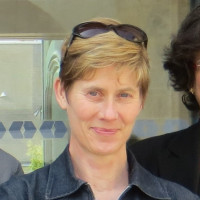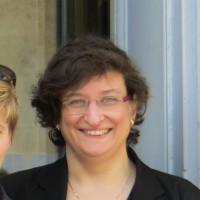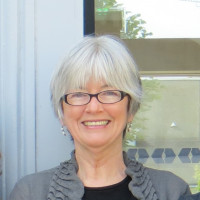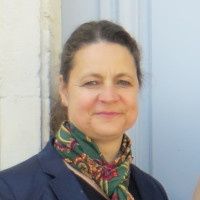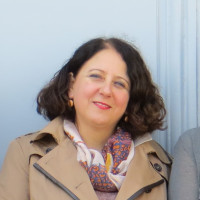Power and the paratext in the medieval manuscript culture
Coordinator of the consortium: Prof. Rosalind Brown-Grant, University of Leeds - UK
The aim, then, of this proposed Research Consortium on Power and the Paratext in Medieval Manuscript Culture is to invite an international group of medieval scholars with a variety of research interests to participate in a programme of week-long intensive workshops (a total of two to be organised over a twelve-month period). The Consortium would thus comprise internationally recognised figures with proven track records of achievement as cultural historians of the Middle Ages, whether in the realm of historical writing, imaginative literature, law, science, medicine, religion, or politics. Moreover, each of the Consortium Partners will bring to the group their own particular methodological specialism: palaeography (Carmassi), codicology (Ventura), literary analysis (Brown-Grant), art history (Hedeman), legal history and ecclesiastical law (Drossbach).
The Consortium workshops would feature detailed discussion of a number of the key elements of paratextual analysis (e.g. rubrics, tables of contents, glosses, marginal annotations and additions, images, and prefaces) in order to gain a fuller understanding of how these elements operate within the parameters of works disseminating a specific body of knowledge, either in the aim of buttressing its claims to be speaking the truth, upholding social, moral and political order, and inculcating ethical and didactic lessons in its audience, or to give the impression of doing so whilst actually opting for subversion. The sessions would consist of a mixture of scholarly activities: discussion forums involving critical analysis of key scientific studies in the field; hands-on workshops incorporating practical analyses of manuscripts illustrating specific paratextual features; and presentation of substantial scientific papers featuring research in progress by the group’s members. The sessions could also include a visit to the Bibliothèque municipale in Orléans in order to identify a corpus of manuscripts of particular interest for future study.
The originality of the project as a contribution to the study of the medieval paratext lies in its taking both an interdisciplinary and a transnational approach, examining the role of the paratextual apparatus in both luxury and everyday manuscripts written in Latin and various different vernaculars, thus covering the range of areas of the medieval curriculum whilst also showing how porous the boundaries between these different disciplines could be, especially when seen from the point of view of the paratext. In its focus on issues such as the textual and visual construction of authority, the propagation and inculcation of intellectual, moral and behavioural norms, the interface between power and written discourse, and in its attention to the medieval manuscript as, above all, a material object with the rhetorical force to maintain or potentially undermine the bodies of knowledge that constitute the very framework of medieval social, political and religious practice, the proposed Consortium dovetails with the aims and ambitions of the POLEN (Pouvoirs, Lettres et Normes) research laboratory at the Université d’Orléans, and in particular its sub-group CESFiMA (Centre d’Etudes Supérieures sur la Fin du Moyen Âge), with which both Brown-Grant and Ventura are already closely associated. The proposed Consortium has thus been given the full imprimatur of the director of POLEN, Prof. Bernard Ribémont.


